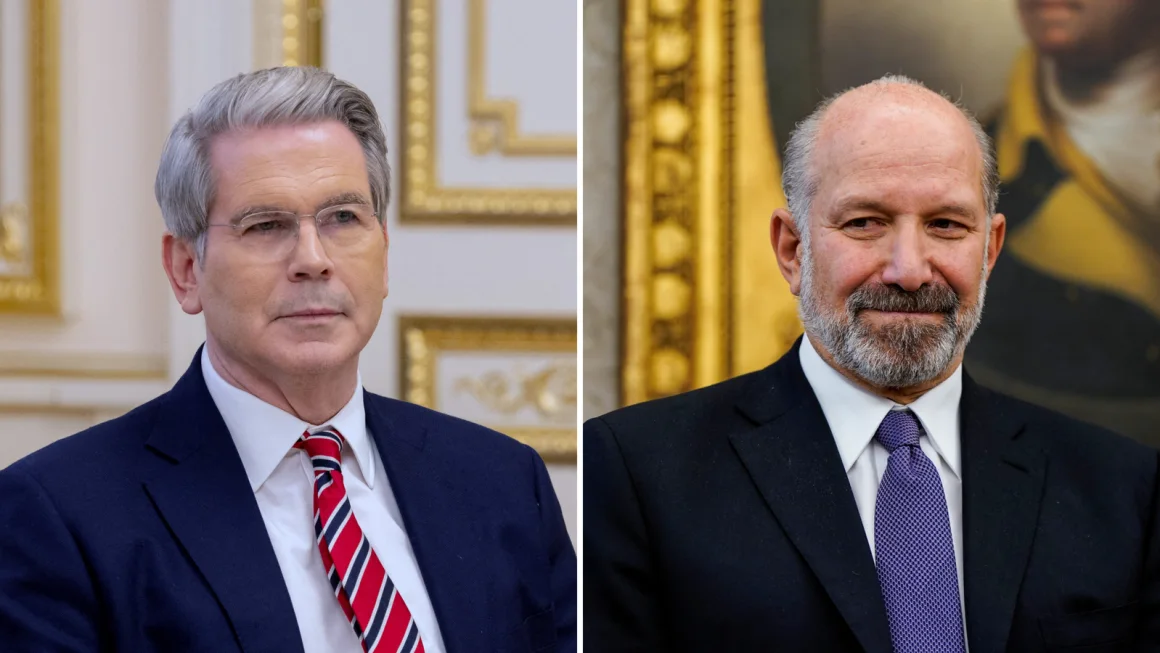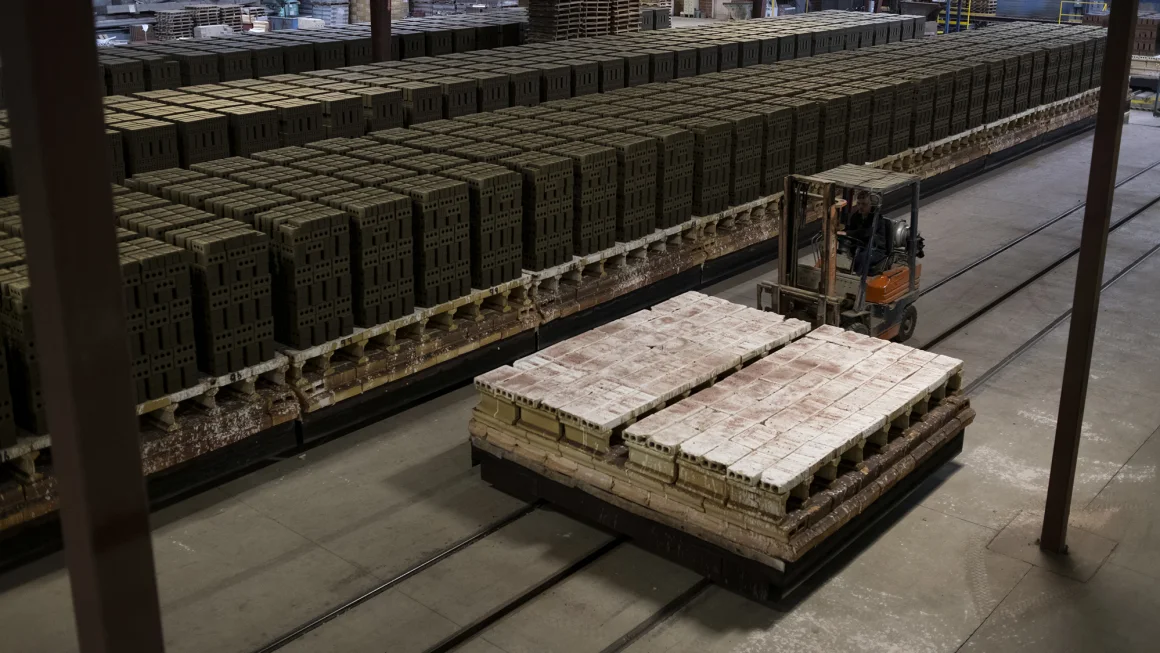For weeks, President Donald Trump had been promoting April 2 as “Liberation Day,” a major milestone for his promised tariffs on imports. However, as seen before, the administration appears to be walking back its aggressive stance, scaling down its plans for sweeping import taxes.
Reports from Bloomberg and The Wall Street Journal suggest that rather than implementing all promised tariffs at once, the White House will introduce a significantly reduced batch next week, with the possibility of more tariffs being announced later. This uncertainty has led to relief among investors, sparking a stock market rally. On Monday morning, U.S. stock futures surged, with the Dow set to open 350 points higher (0.9%), the S&P 500 up 1.1%, and the Nasdaq climbing 1.3%.
Shift in Tariff Plans
Trump had pledged to impose reciprocal tariffs, matching foreign import taxes dollar for dollar, while also enforcing delayed 25% tariffs on goods from Mexico and Canada. Additionally, he had signaled duties on a broad range of imports, including autos, pharmaceuticals, microchips, copper, and lumber. However, according to recent reports, these product-specific tariffs will not take effect on April 2. The status of the 25% tariffs on Mexican and Canadian imports remains uncertain.
A White House official told CNN that final decisions have not yet been made, and tariffs may be introduced in phases. Reciprocal tariffs will likely begin with a limited group of nations labeled as the “Dirty 15” by Treasury Secretary Scott Bessent. These countries—accused of unfair trade practices—include Australia, Brazil, Canada, China, the European Union, India, Japan, South Korea, Mexico, Russia, and Vietnam.
While these targeted tariffs could still impact a large portion of U.S. imports, they represent a considerable retreat from Trump’s initial aggressive proposals.
Investor Reaction and Policy Uncertainty
The administration has been signaling flexibility on tariffs in recent days. On Friday, Trump hinted at potential exemptions, despite previously insisting on a strict, uniform tariff policy. He acknowledged that broad, indiscriminate tariffs could harm American businesses and consumers, stating, “I don’t change. But the word ‘flexibility’ is an important word.”
Meanwhile, ongoing trade negotiations have led to delays in retaliatory measures from U.S. trading partners. The European Union has postponed its planned countertariffs, originally set for April 1, while Mexico and Canada are also holding off on retaliatory actions as talks continue.
A History of Tariff Uncertainty
Trump’s shifting stance on tariffs has created instability for investors, businesses, and consumers. He initially campaigned on implementing steep tariffs on “Day One” of his presidency but instead launched investigations into potential trade measures. Announcements of tariffs have frequently been met with delays, modifications, or last-minute reversals.
For example, the promised 25% tariffs on Canada and Mexico were first set for February 1 but were postponed multiple times. Similarly, tariffs on Chinese imports took effect on February 4, but at a lower 10% rate rather than the 60% Trump had previously pledged. Furthermore, new rules briefly halted package deliveries from China before the administration temporarily reinstated an exemption for low-value shipments.
The administration’s unpredictable approach has led to market volatility, making it difficult for businesses to plan ahead. Investors, however, have largely responded positively to news that the most extreme tariffs may not be implemented as aggressively as initially feared.
As April 2 approaches, businesses and global trading partners remain on edge, awaiting the next development in Trump’s evolving trade policy.














